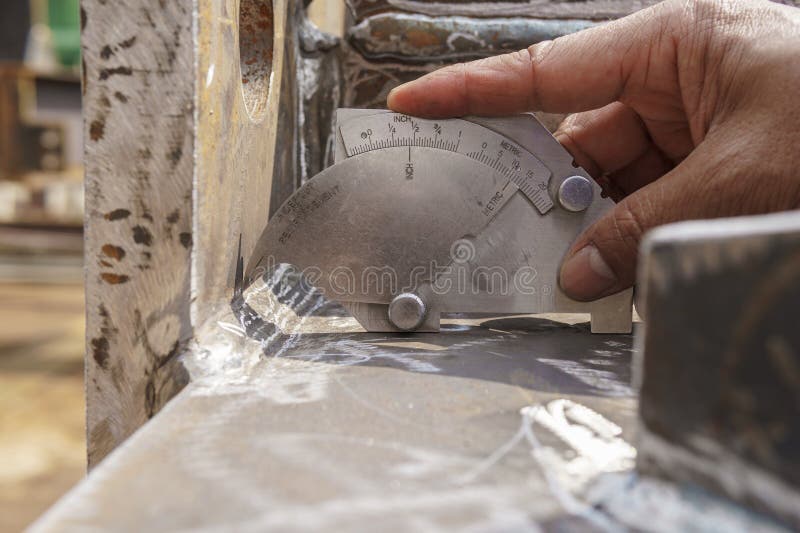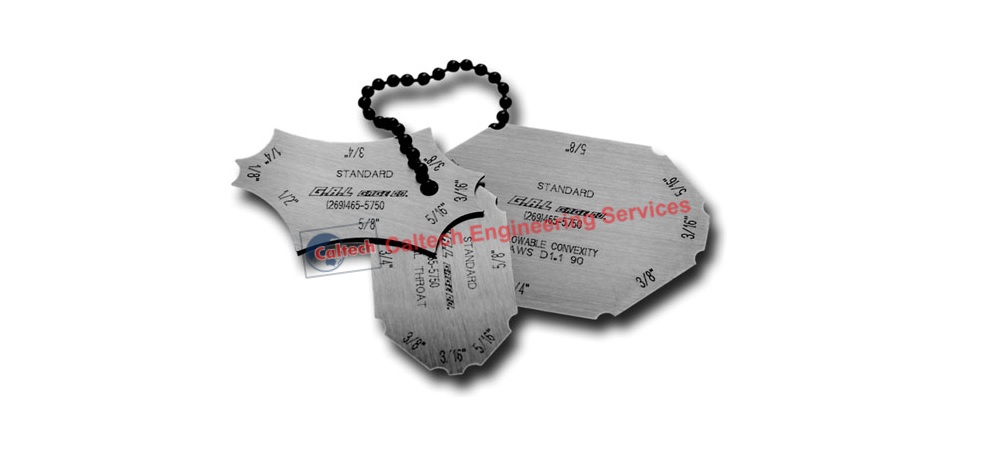Top Strategies for Measuring Gauge Fillet Weld Properly
Top Strategies for Measuring Gauge Fillet Weld Properly
Blog Article
Fillet Weld Layout Techniques: Enhancing Joint Efficiency and Aesthetics for Structural Stability
In the realm of structural design and construction, the relevance of fillet weld style strategies can not be overemphasized. By meticulously taking into consideration elements such as weld profile optimization, product option, joint prep work strategies, welding procedure effectiveness, and visual enhancement techniques, producers and designers can attain a harmonious equilibrium between functionality and appearance in their bonded structures.
Weld Account Optimization


Attaining an ideal weld profile involves a precise factor to consider of elements such as material thickness, joint arrangement, welding placement, and preferred welding speed. Furthermore, the choice of ideal welding criteria, such as voltage, current, and travel rate, is basic in regulating the shape and measurements of the fillet weld. Making use of sophisticated welding techniques, such as pulse welding or robot welding, can better refine the weld account to fulfill details style requirements and high quality criteria.
Essentially, weld profile optimization is a fundamental aspect of fillet weld layout that directly affects the general performance and dependability of welded joints in structural applications.
Material Choice Factors To Consider
When considering product option for fillet weld design, the compatibility of the base metals is a crucial element affecting the structural stability of the joint. It is essential to pick products that not just weld with each other properly but likewise have comparable mechanical homes to make certain the load is evenly dispersed between the base and the weld metals. Welding products with vastly different properties can bring about issues such as anxiety concentrations, premature joint failure, or breaking.
Additionally, the environment in which the bonded framework will certainly run have to be considered when selecting materials. Elements like corrosion resistance, temperature level changes, and exposure to chemicals can all influence the long life and efficiency of the weld joint. By selecting materials that are ideal for the designated application and environment, the total toughness and reliability of the bonded joint can be substantially enhanced.
Therefore, extensive consideration of product compatibility and ecological elements is extremely important in making sure the weld joint's toughness, toughness, and general structural stability.

Joint Preparation Methods
Taking into consideration the crucial function material selection plays in ensuring the architectural integrity of fillet weld joints, it is necessary to apply exact joint prep work techniques that optimize the connection between the base steels. Joint prep work is an essential step that directly influences the high quality and toughness of the weld.
In addition, tack welding the elements in place before the last weld assists preserve positioning and lessens distortion during the welding process. By thoroughly complying with these joint preparation strategies, welders can improve the overall performance and looks of fillet weld joints while ensuring structural soundness.
Welding Refine Efficiency
Effective welding processes are necessary for achieving optimal performance and quality in fillet weld construction. One key element of boosting welding procedure effectiveness is selecting the appropriate welding strategy. Aspects such as read this product type, joint style, and welding setting must be meticulously taken into consideration to identify one of the most suitable technique. Processes like gas steel arc welding (GMAW) and flux-cored arc welding (FCAW) are commonly used for fillet welds due to their flexibility and rate.
Additionally, guaranteeing appropriate tools setup and maintenance is important for effective welding. Regular calibration of welding equipments, inspection of consumables, and maintenance of welding lanterns can stop downtime and revamp, ultimately saving time and resources. Furthermore, utilizing skilled welders with proficiency in the particular welding process being made use of can significantly impact efficiency. Well-trained welders are much more proficient at changing specifications, repairing concerns, and keeping regular weld top quality.
Visual Enhancement Methods
To optimize the high quality of fillet weld construction, carrying out visual improvement approaches can play a crucial role in making certain accuracy and precision throughout the welding procedure. Aesthetic help such as weld dimension assesses and multiplying lenses can assist in assessing weld profiles and dimensions accurately. By incorporating these aesthetic improvement approaches right into the welding procedure, welders can accomplish not only structurally sound fillet welds but also aesthetically enticing outcomes that satisfy industry standards.

Conclusion
To conclude, enhancing fillet weld style entails careful factor to consider of weld account, material choice, joint prep work, welding process performance, and visual improvement techniques. By carrying out these methods, architectural honesty can be enhanced while also attaining visual appeal. It is crucial to focus on both performance and looks in fillet weld layout to guarantee the general top quality and sturdiness of the joint.
By thoroughly taking into consideration Get More Info factors such as weld profile optimization, material choice, joint preparation strategies, welding procedure efficiency, and visual enhancement producers, designers and methods can accomplish an unified balance in between capability and look in their bonded frameworks.In the realm of fillet weld design, optimizing the weld profile plays a vital function in making certain architectural stability and performance. The weld profile, which includes the dimension and form of the weld cross-section, straight affects the distribution of tension and load-bearing capacity within the joint. It is vital to choose products that not just weld together effectively but additionally have similar mechanical residential properties to make sure the tons is evenly dispersed between the base and the weld metals - Gauge Fillet Weld.In final thought, enhancing fillet weld layout involves mindful internet consideration of weld profile, product option, joint prep work, welding process performance, and aesthetic improvement approaches
Report this page